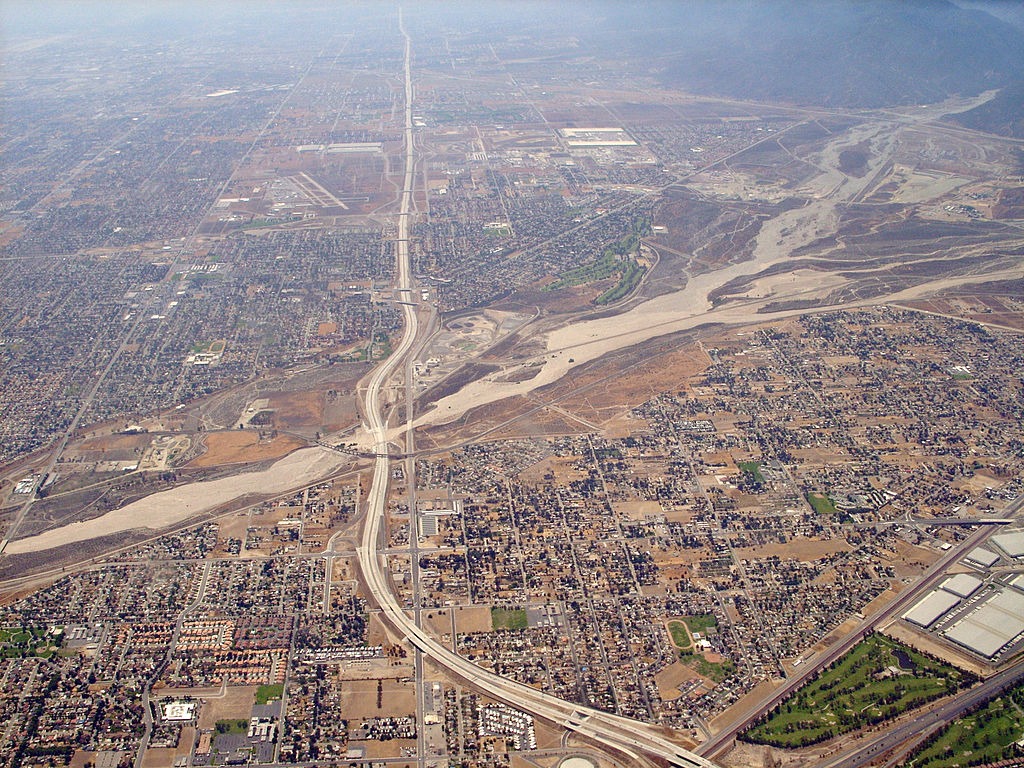
November 27, 2019; San Gabriel Valley Tribune
As is often said, “It’s not what you know, it’s who you know.” This is true in philanthropy too, and NPQ readers know the results. For example, with immigrants’ rights organizing funding, the National Committee on Responsive Philanthropy (NCRP) reports that only 14 cents on the dollar finds its way to state and local frontline groups. (Policy groups and national organizations get the rest.) Another NCRP report notes that funding in the South per capita is less than a third of the level that New York state nonprofits enjoy. And, as a recent report by Candid and Native Americans in Philanthropy illuminates, Native Americans receive philanthropic support at roughly one fifth of the level that proportionality would dictate.
Now comes a report, issued earlier this year by the Funders Alliance of San Bernardino and Riverside Counties and titled Inland Empire: Changing the Narrative—Toolkit for Nonprofits, that looks at the funding landscape in Southern California.
What did they find? In Los Angeles County, nonprofits get $245.05 per capita, which is close to the state average of $262.99. By contrast, nonprofits in the “Inland Empire” (Southern California’s two large noncoastal counties) receive $25.55 per capita—one ninth of what L.A. nonprofits receive and one-tenth the state average.
Clearly, funding is not less because the need is less. Riverside County is home to 2.45 million people and has a median household income of $60,807. San Bernardino County is home to 2.17 million people and has a median household income of $57,176. Los Angeles County, home to 10.1 million people, has a slightly higher median household income of $61,015.
But there are a lot more foundations located in Los Angeles than the Inland Empire.
Sign up for our free newsletters
Subscribe to NPQ's newsletters to have our top stories delivered directly to your inbox.
By signing up, you agree to our privacy policy and terms of use, and to receive messages from NPQ and our partners.
Another reason for the gap, notes Randall Lewis, who is co-chair of the San Bernardino County Alliance for Education, is that Inland Empire nonprofits are newer than their L.A. counterparts. “Some of the best and well-funded not-for-profits have been around a long time and these tend to be in areas that have had large populations for a long time,” Lewis tells the San Gabriel Valley Tribune’s Steve Scauzillo. “Almost by definition, growing areas (like the Inland Empire) are newer and younger, so they don’t have as many institutions with a long history of success and fundraising.”
Some catching up has occurred. “Philanthropic foundations have increased their investment in the Inland Empire over the past several years, from $61.3 million in 2013 to $115 million in 2016,” according to Steve Lambert, a longtime journalist who now works for a local public relations firm.
Much of the report focuses on telling a better “story” about the Inland Empire. Susan Gomez, who is CEO of the Inland Empire Community Collaborative, a nonprofit that provides technical assistance to a group of 74 area nonprofits, notes that it hasn’t been easy to turn the narrative around. There is even rivalry between nonprofits in Riverside County and San Bernardino County, for instance. But building a local sense of pride has made a difference, Gomez says. “A lot of us (nonprofits) began talking about the positive things in the Inland Empire, instead of just hearing about the shootings in San Bernardino,” Gomez tells Scauzillo.
The report, Scauzillo adds, began as a pushback against a 2008 Irvine Foundation report, which characterized Inland Empire nonprofits as weak, with poor management practices. Of course, as Scauzillo points out, the lack of nonprofit management could have been the result of inadequate funding. To be fair, the Irvine Foundation recognized this issue and noted that, “With few exceptions, most foundations in the Inland Empire are small, and the numbers of people and nonprofits per foundation are dramatically higher than in surrounding counties and the state.”
The Changing the Narrative report estimates that today two-thirds of Inland Empire nonprofits have budgets of under $25,000. These nonprofits face the common dilemma of lacking the capacity to pursue the grants that might strengthen their programs, operations, and management.
For Inland Empire nonprofits, closing the funding gap with their Los Angeles brethren will not be easy, but they do seem prepared to make the effort. “Instead of us waiting for a funder, we said we need to be the change agents and identify the bright spots in our communities that they were not talking about,” Gomez tells Scauzillo.—Steve Dubb












